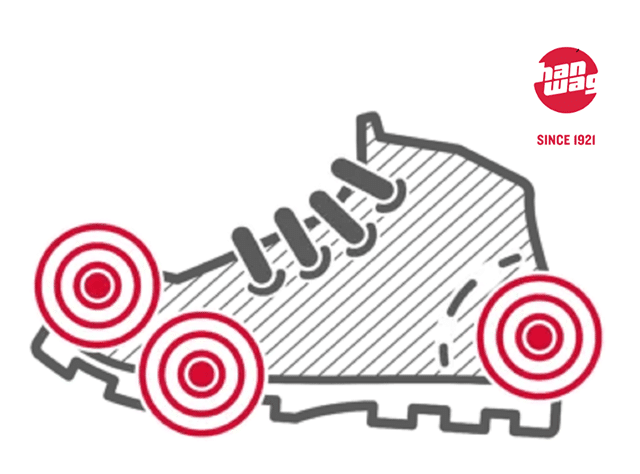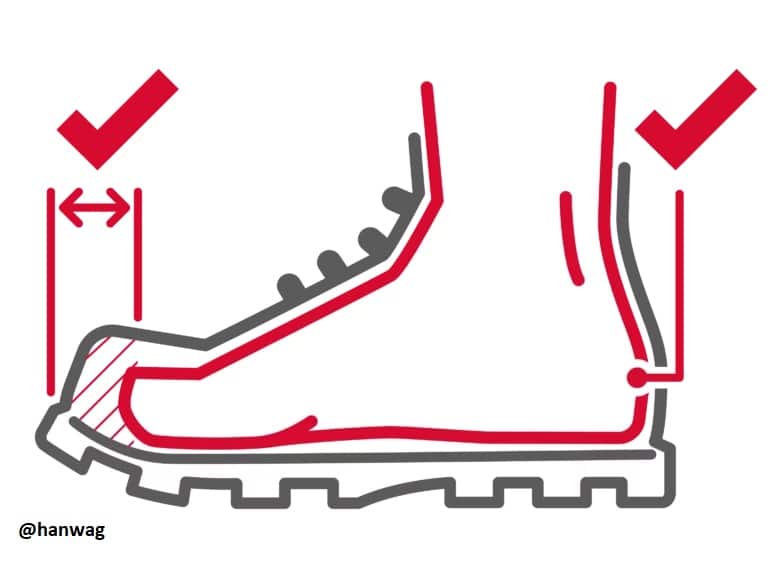Blisters…..
- How to avoid blisters in hiking boots?
Feet :Taking care of your feet while walking or hiking in the mountains Blisters are often caused by moisture from perspiration. It’s like getting out of the bath and looking at your feet. When your skin is soft, wrinkled and sensitive, the ideal conditions for blisters to form are present. So protect your feet and maintain your shoes
Steep ascents and descents and carrying a heavy pack can also increase the risk of blisters. This is because it increases the friction and rubbing inside your shoes.
Sweating is a normal function of the skin that allows it to cool down in case of excessive heat through evaporation. Sweating is a normal function of the skin and remains an excellent sign on the feet: the skin “breathes” and evacuates sweat from the skin surface.
But, it is
still necessary to be able to absorb it from the skin without creating skin conflicts between the foot and the inside of the shoe
Sock : Its function is fundamental: It must
– Wrap the foot without creating folds or points of compression. Protect the areas of contact of the foot with the shoe (plantar bed and toe box).
Designed in a material that can evacuate sweat towards the outside of the foot (loop whose microscopic fibers look like pipes). Often a mixture of synthetic fibers and wool
-Dry very quickly
COTTON “sports” socks should be avoided, even for a one-hour walk: they retain moisture in contact with the foot and do not allow it to evaporate. Cotton soaked in sweat will promote the formation of folds, which is the beginning of the formation of the blister
-Moisturize your feet
Before going on a hike, follow this ritual: Apply a moisturizing cream to your feet, between your toes, and put on your clean and dry hiking socks.
When you return from the hike, remember to moisturize your feet after the effort. They will thank you forever….
Leather or Goretex shoes? How to go hiking without blisters? This remains the eternal debate “Can you live without a Gore-Tex membrane?” Here are a few points to keep in mind
- This often depends on the lining of your shoes. In this regard, classic leather linings are still unbeatable. “Leather is softer on the foot than fabric linings, functional membranes or other waterproof materials. Leather is very absorbent, which keeps feet drier.” Leather lining is still and remains the best friend of the feet especially for people who sweat
- Waterproof membrane systems are less suitable for summer travel and hot regions. To absorb and wick moisture from hiking boots, there must be a clear temperature difference between the inside and outside. This is not possible in hot conditions and waterproof membranes become counterproductive. Sweat cannot escape from the shoe. Moisture accumulates on the inside. Feet become soft and more prone to blisters.
- “For most hikers, shoes that are not fully waterproof are fine. Conventional leather shoes treated with a PFC-free silicone-based waterproofing compound can withstand showers and puddles with ease.
Shoecare Whatever the model, its construction, the shoes must be able to wrap your foot and protect you from bad weather. It is essential to keep them in optimal condition so that the external materials can breathe, wrap and protect your feet.
After each outing, remember to brush your shoes to remove dirt and dust.
For shoes with a leather upper, remember to rehydrate the leather. It is the foot’s best friend and should remain supple. Products available include easy-to-use applicator pads
Dry your shoes in the shade at room temperature for 24-48 hours.
10 minutes of care for 8 hours of pleasure. Think about it
In conclusion, blisters should be a thing of the past for your feet.



